Ambition to reach beyond the mainland sky
For China, its skies are not wide enough to accommodate its ambitions to produce domestic passenger aircraft.
They want Chinese jets to have wider wingspans and fly farther, but for now, this desire remains just ambition, although there has been a small breakthrough in the Southeast Asian region which is considered to have great potential.
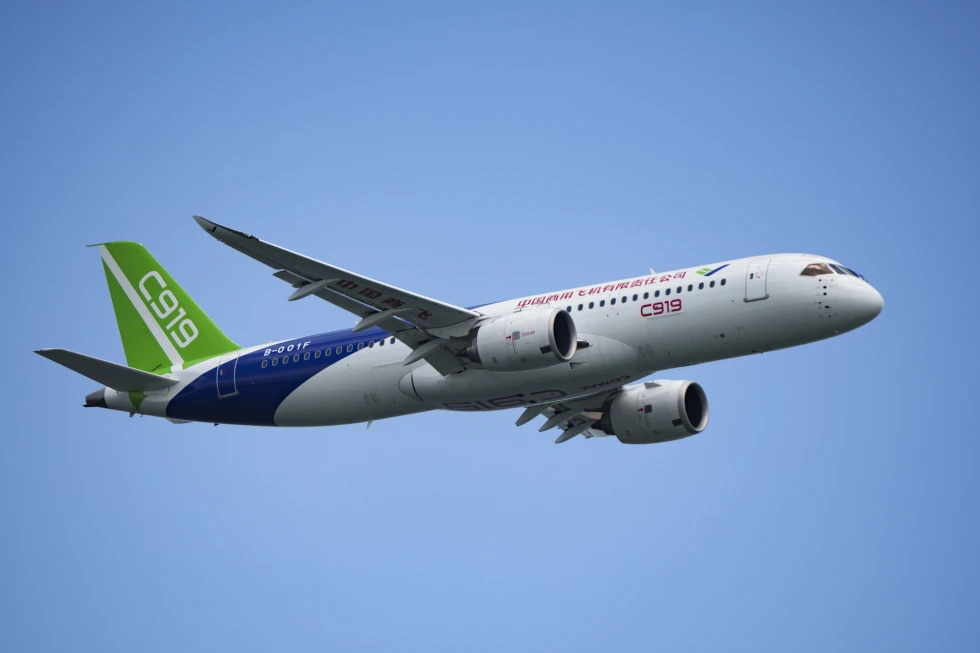
China's Comac C919 passenger jet can accommodate 152 to 198 seats and has a range of 4,000 km. Photo: China Daily
The Commercial Aircraft Corporation of China (Comac) has received a large number of domestic orders for its domestically developed C919 narrow-body jetliner. And the state-owned conglomerate is now mapping out a path to expand overseas to compete with the duopoly of Airbus and Boeing.
The harsh reality is that the lack of key certifications from aviation regulators in Europe or the US, as well as widespread geopolitical issues, could threaten to dash Comac's high hopes for the C919, which is seen as a potential rival to the Boeing 737 and Airbus A320.
But Southeast Asia is where hope lies, with Jakarta-based TransNusa airline in Comac's sights, while the Middle East market is also being actively explored by the Chinese manufacturer.
“I hope TransNusa will continue to stick with Comac and eventually buy the C919 because they need a larger jet fleet to grow and compete effectively,” said Shukor Yusof, founder of Singapore-based aviation consultancy Endau Analytics.
“I wouldn’t be surprised if a firm order is placed within the next two years,” added Shukor Yusof.
Indonesia and Brunei are the breakthrough points
Comac's Jakarta office, which is helping TransNusa train pilots, aims to replicate the success of two Comac ARJ21 aircraft, smaller than the C919 with a capacity of just about 100 passengers, which have been operating across the Indonesian archipelago for a year.
The third ARJ-21 also arrived in Jakarta in May and is being prepared to begin operations, with Yusof expecting Comac to offer discounts and incentives as TransNusa gets closer to more deals as its current fleet ages.
“While TransNusa continues to buy from Airbus or buy second-hand jets from others, they will look at options with Comac regarding the C919,” Mr Yusof added.
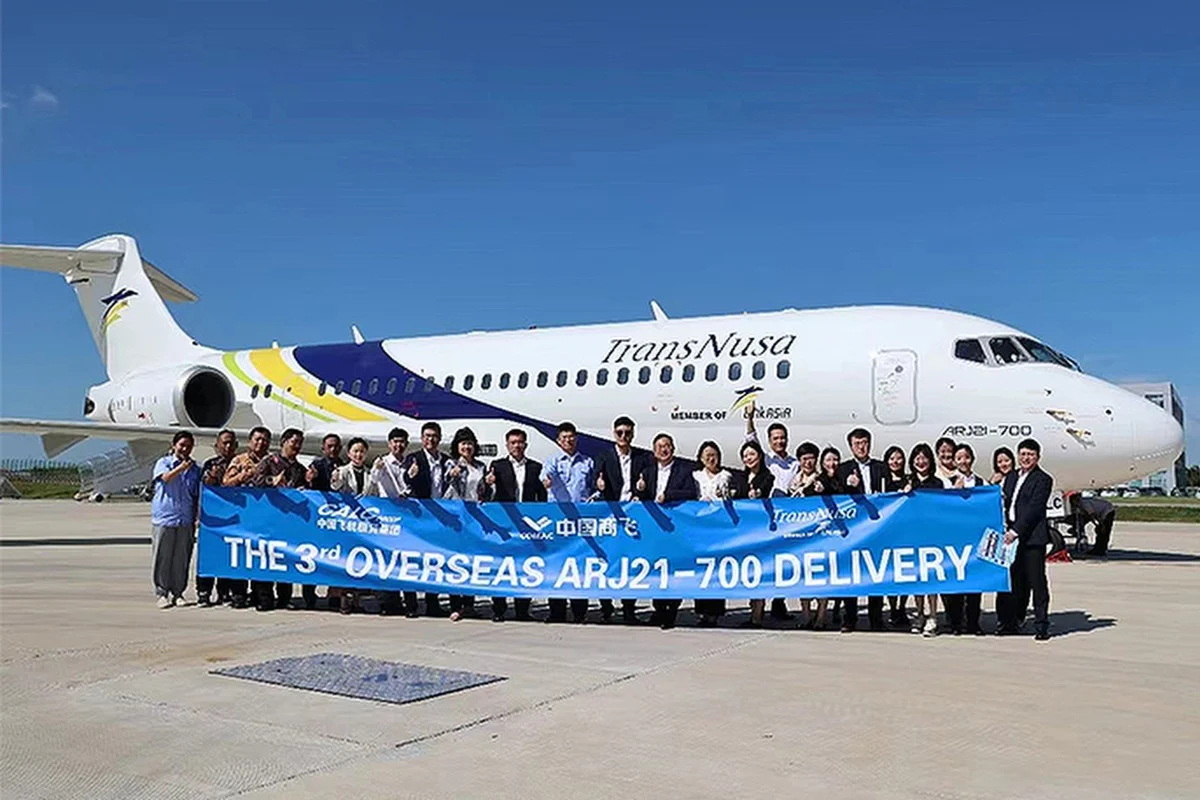
Indonesian airline TransNusa took delivery of its third ARJ21 in May. The ARJ21 is also manufactured by Comac, but is smaller than the C919, with a capacity of only 100 passengers. Photo: CNA
In addition to the ARJ21s, TransNusa's fleet includes four A320s with an average age of 18 years and the airline may need to buy new aircraft to maintain its main routes from its Jakarta base to Singapore, Kuala Lumpur and hubs in China including Guangzhou.
China Aircraft Leasing Corporation, a subsidiary of state-owned financial conglomerate China Everbright Group, is also a stakeholder in TransNusa.
In June, Everbright renewed its strategic partnership with Comac, which was first agreed in 2018, and the relationship could serve as a broker and facilitator for future deals.
Comac in Jakarta is not just targeting TransNusa, however, as the Airports Council International (ACI) predicts Indonesia will be the world's fourth-largest market by traffic volume by the 2040s after China, the United States and India.
Indonesia, Southeast Asia's largest and most populous economy, was the world's 13th-largest aviation market last year and the largest in the ASEAN bloc.
While Western endorsement is not mandatory, as in the case of the ARJ21, approval from the Jakarta government is still needed for the C919 to fly in Indonesia, which has built ties with China on transport and infrastructure cooperation.
It will take two years for the ARJ21 to be certified in Indonesia, with the first flight from Jakarta to Bali taking place in April 2023.
Comac is also eyeing Brunei as another launch pad after signing a $2 billion deal with Bruneian start-up airline GallopAir for the purchase of 30 aircraft, including the C919, in September.
GallopAir, owned by Tianju Investment Group based in Shaanxi, China, hopes to begin operations by the end of 2024.
According to Reuters, in February, GallopAir CEO Cham Chi said the airline had applied for certification for the C919 from regulators in Brunei.
Expectations in Southeast Asia and Middle East markets
“The opportunity in Southeast Asia could last for many years, and Comac would be wise to introduce the C919 to smaller airlines, which are more agile in exploring new aircraft types,” said Zhang Xin, professor of aerospace engineering at the Hong Kong University of Science and Technology.
“From trade relations, geographical location to market potential, Southeast Asia’s dynamic new carriers tick all the boxes,” Professor Zhang stressed.
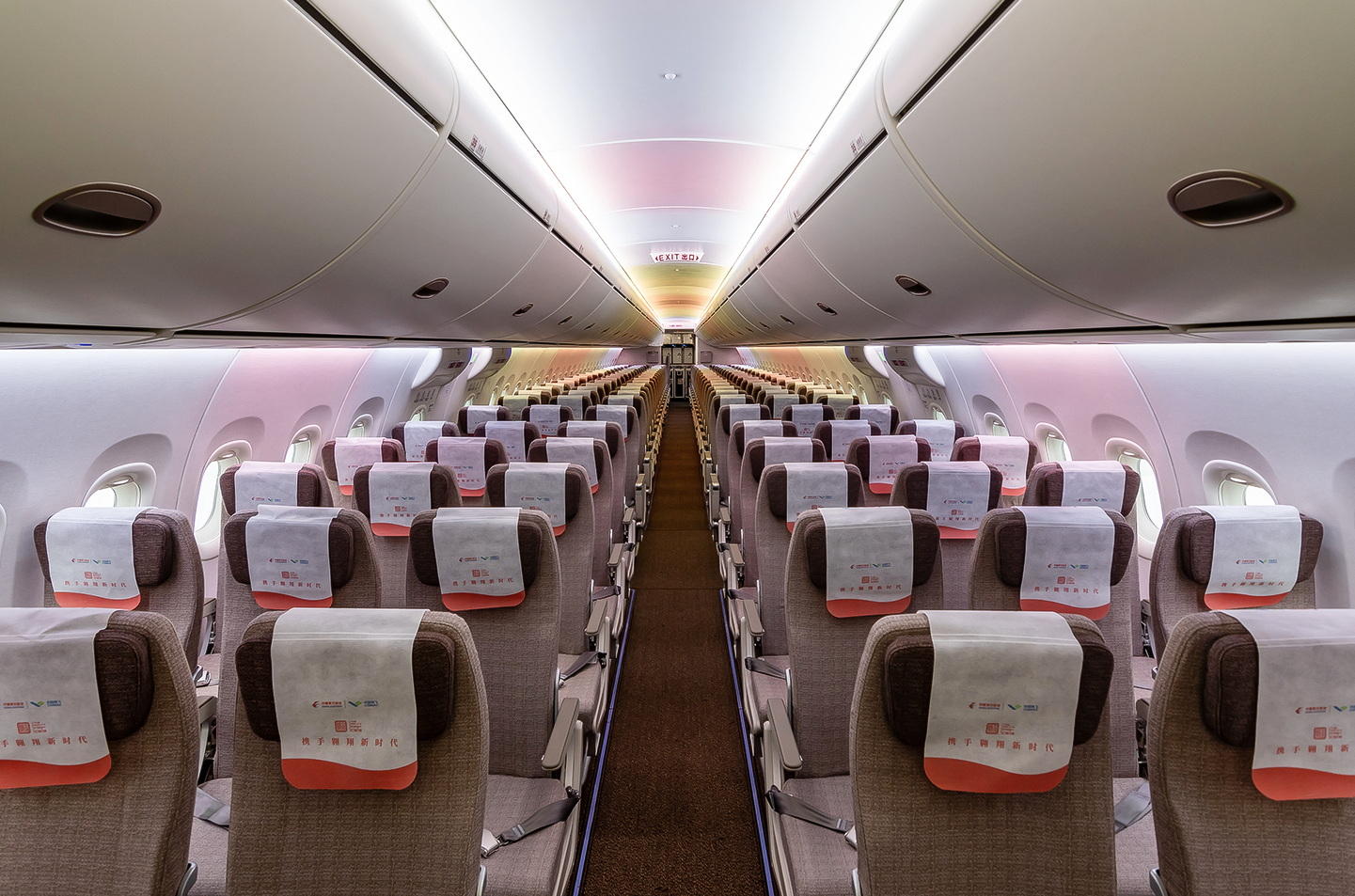
The interior of a C919. Comac hopes the aircraft can win over demanding Arab customers. Photo: China Daily
Boeing's accident-prone 737 series could add to the appeal of the C919, while Airbus is limited in its ability to expand production further, Professor Zhang said.
“I think this is a step forward for the C919, when the two competitors you are trying to compete with are both struggling, and Southeast Asia is seeing a new generation of airlines,” added Mr Zhang, a former Airbus aircraft engineering professor and director of the Airbus Noise Technology Centre at the University of Southampton.
The Middle East is also in Comac's sights as the group's chairman, He Dongfeng, visited Saudi Arabia in May and held talks with the kingdom's national airline.
“Passengers from Asia and Europe to the Arabian Peninsula and Africa can fly to hubs like Dubai, Doha or Riyadh first, and then transfer to narrow-body flights to reach their final destinations… This is another potential market for the C919,” Professor Zhang added.
But there are still issues that could threaten the C919's ambitions as other regions are unlikely to accept Chinese jets.
“Geopolitical realities mean that the C919 will have a hard time getting certified in Europe or the Americas in the near term,” warned a February report from the Institute of Economic and Diplomatic Studies at Renmin University. “The West, Japan, South Korea and India are unlikely to open their skies.”
Nathaniel Sher, a senior researcher at consultancy Carnegie China, said Beijing could leverage its diplomatic clout and trade ties to attract foreign buyers, and the Civil Aviation Administration of China (CAAC) could form partnerships with foreign partners as it seeks overseas certification for the C919.
“Some of Comac’s first international customers still maintain direct relationships with Chinese investors… and Indonesia certified the ARJ21 with the help of the CAAC,” Sher said.
But Mr Sher warned that supply chain disruptions could hurt potential customers due to geopolitical risks. “This is one of many risks that international customers must consider when deciding whether to purchase and operate the C919,” he added.
Nguyen Khanh
Source: https://www.congluan.vn/dong-nam-a-co-phai-dat-hua-cho-may-bay-cho-khach-trung-quoc-post305556.html




![[Photo] Prime Minister Pham Minh Chinh receives Deputy Prime Minister of the Republic of Belarus Anatoly Sivak](https://vstatic.vietnam.vn/vietnam/resource/IMAGE/2025/4/2/79cdb685820a45868602e2fa576977a0)
![[Photo] Prime Minister Pham Minh Chinh receives CEO of Standard Chartered Group](https://vstatic.vietnam.vn/vietnam/resource/IMAGE/2025/4/2/125507ba412d4ebfb091fa7ddb936b3b)
![[Photo] Special relics at the Vietnam Military History Museum associated with the heroic April 30th](https://vstatic.vietnam.vn/vietnam/resource/IMAGE/2025/4/3/a49d65b17b804e398de42bc2caba8368)
![[Photo] Comrade Khamtay Siphandone - a leader who contributed to fostering Vietnam-Laos relations](https://vstatic.vietnam.vn/vietnam/resource/IMAGE/2025/4/3/3d83ed2d26e2426fabd41862661dfff2)




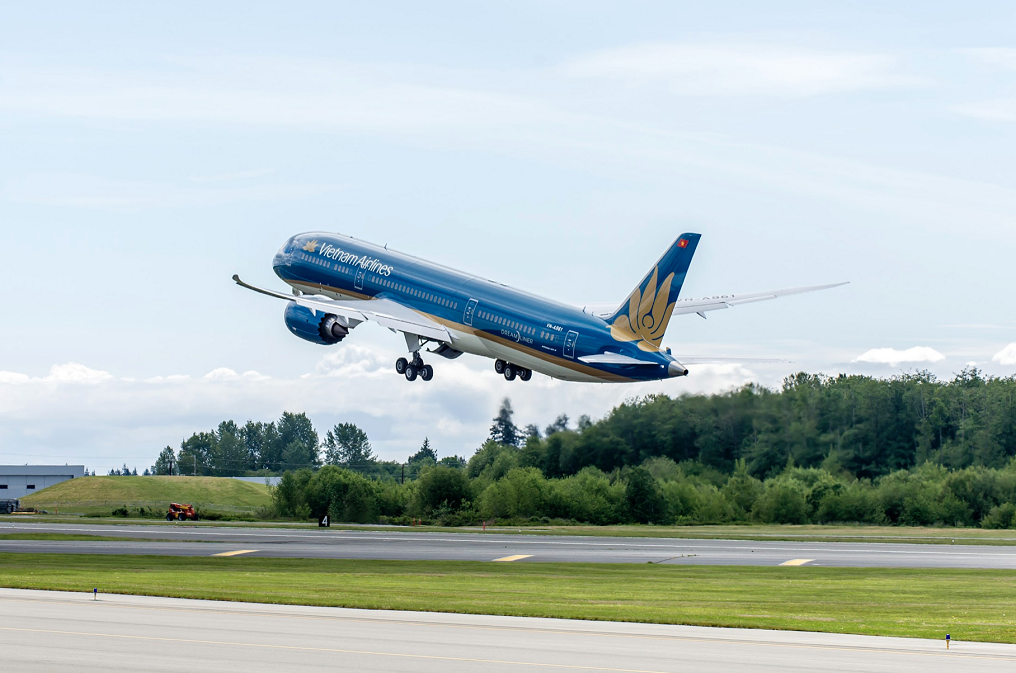

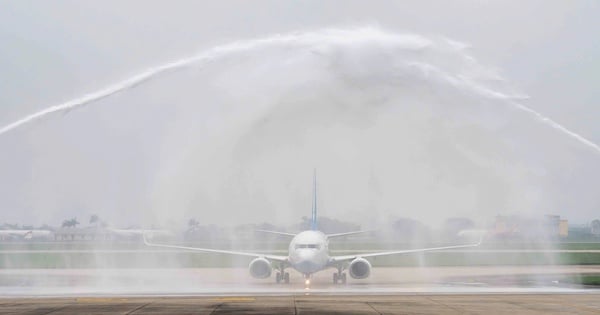


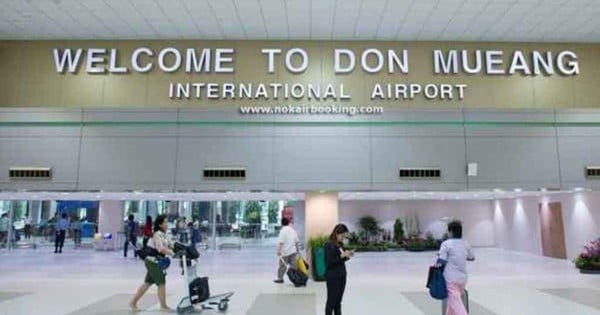



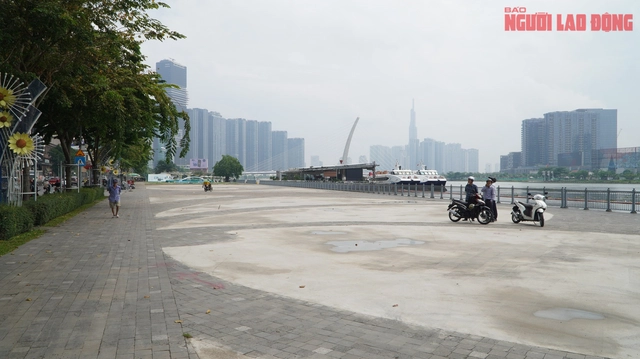











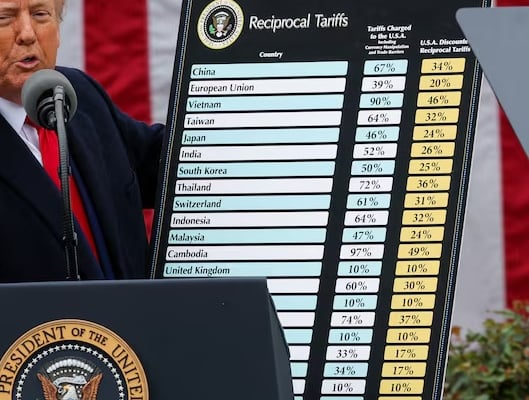












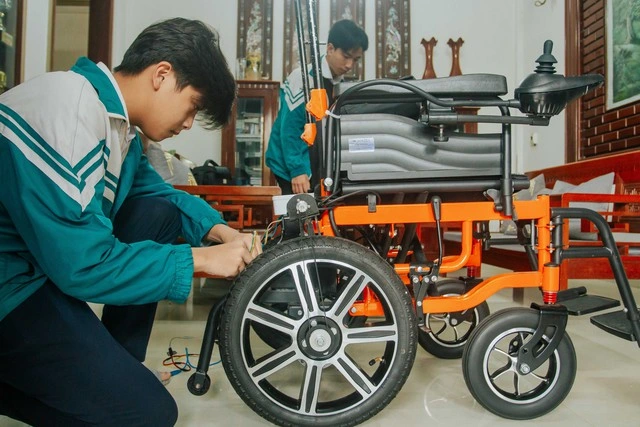














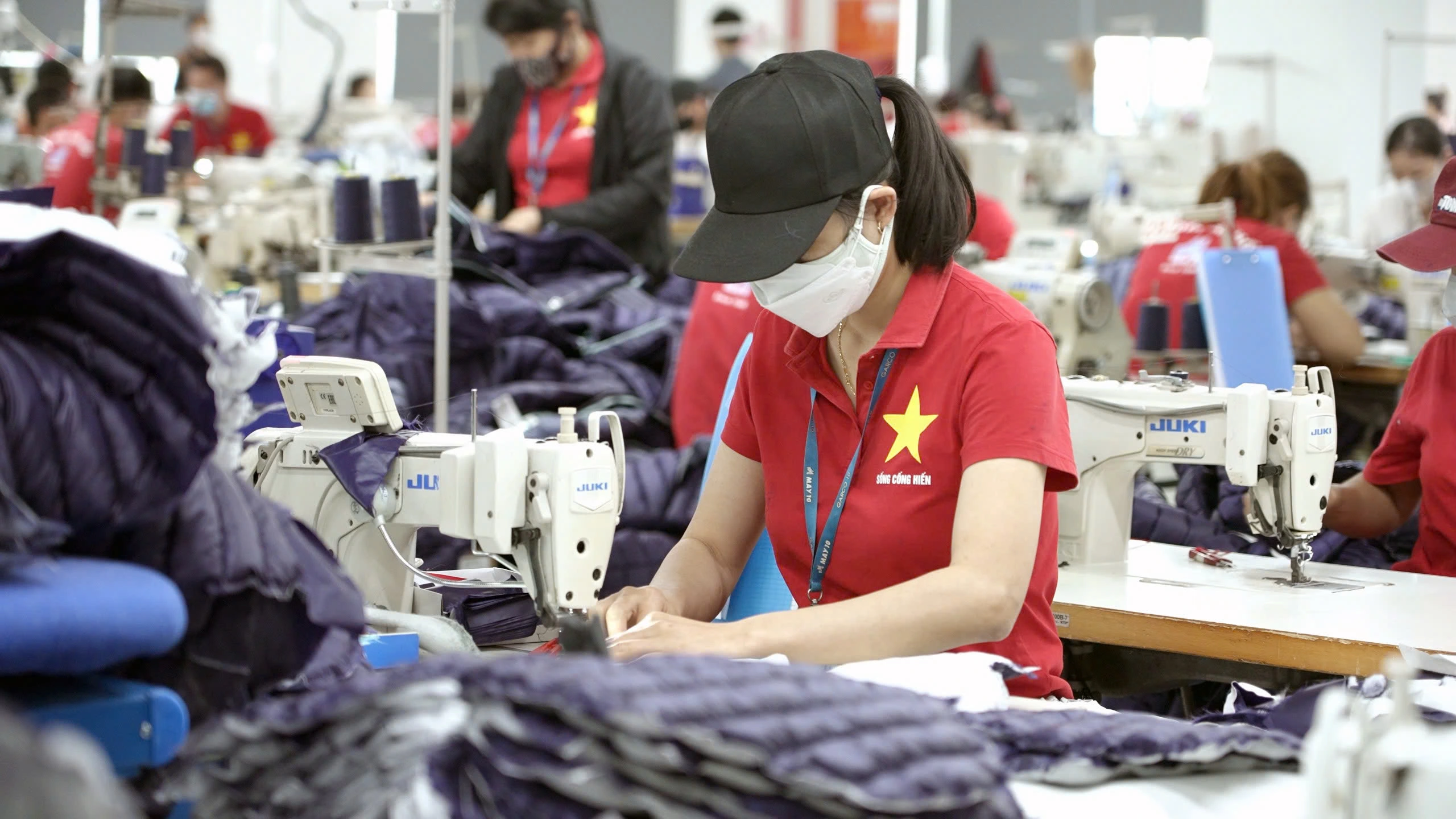




































Comment (0)